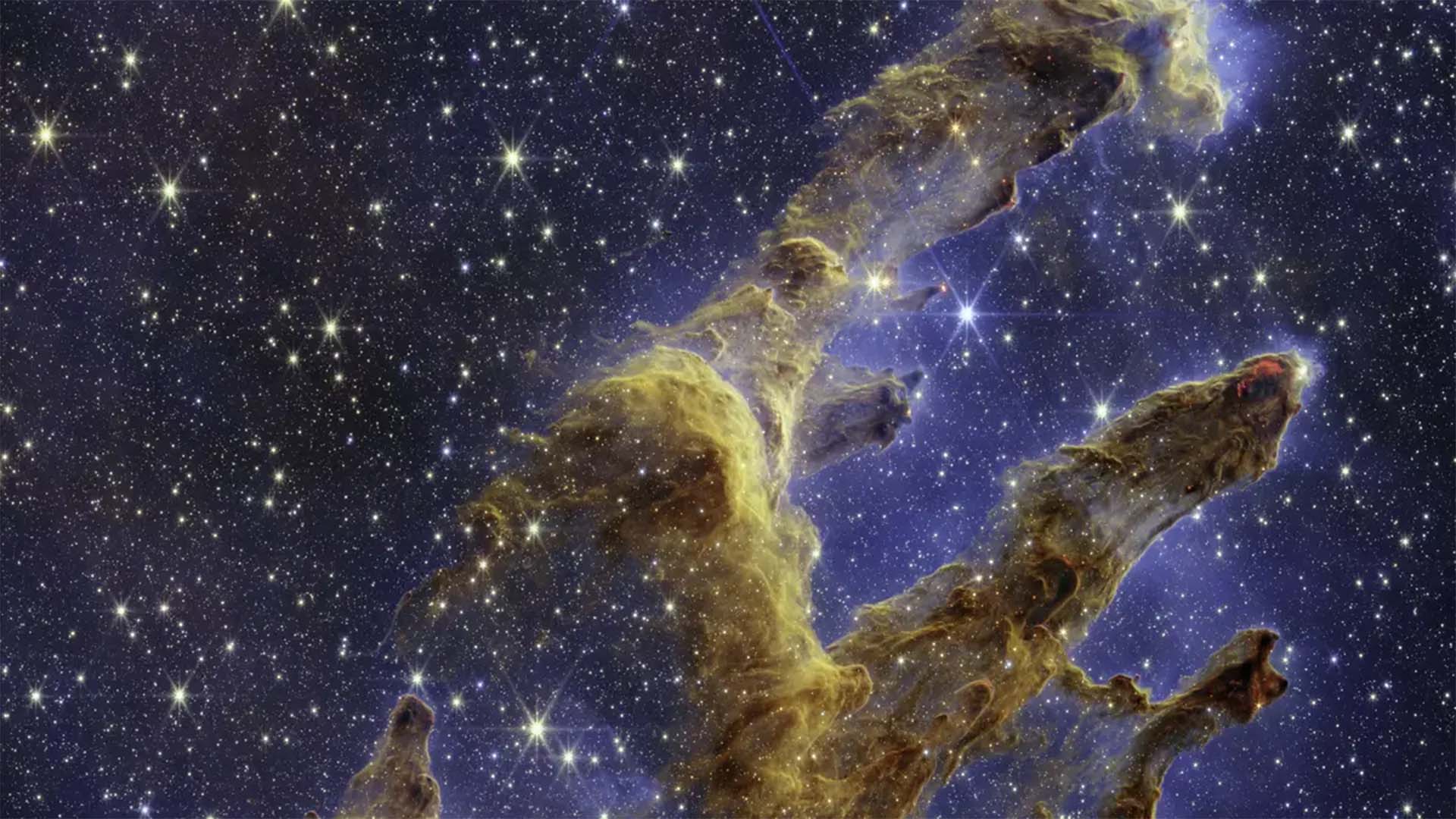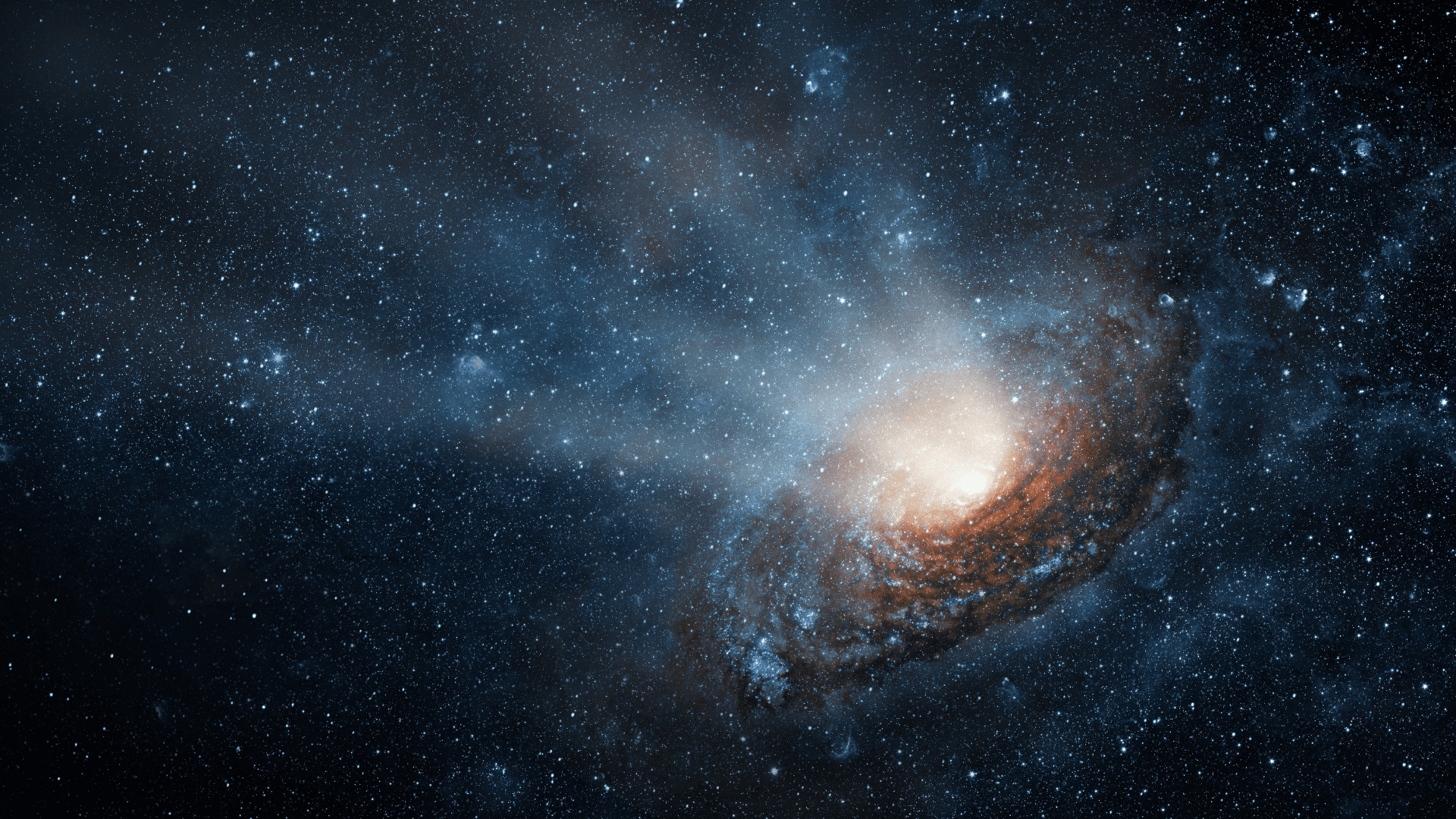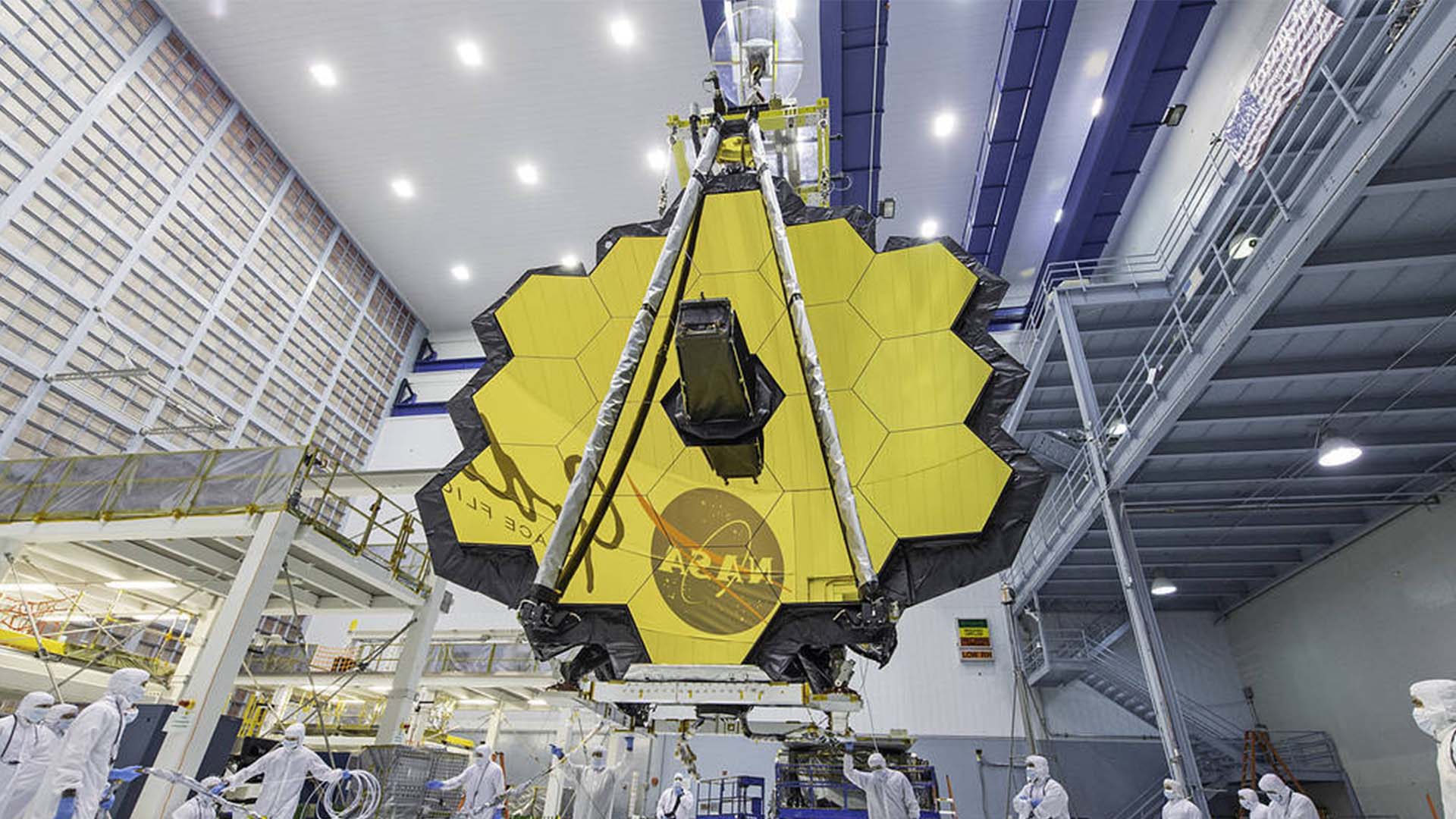Explore Tomorrow's World From Your Inbox
Get the latest science, technology, and sustainability content delivered to your inbox.
I understand that by providing my email address, I agree to receive emails from Tomorrow's World Today. I understand that I may opt out of receiving such communications at any time.
The James Webb Telescope steals a lot of headlines these days, and people often forget about the Hubble Space Telescope. However, the Hubble still captures some amazing moments in space. Hubble once again reminded us it’s there with a stunning image of a triple-star system.
Triple-Star System
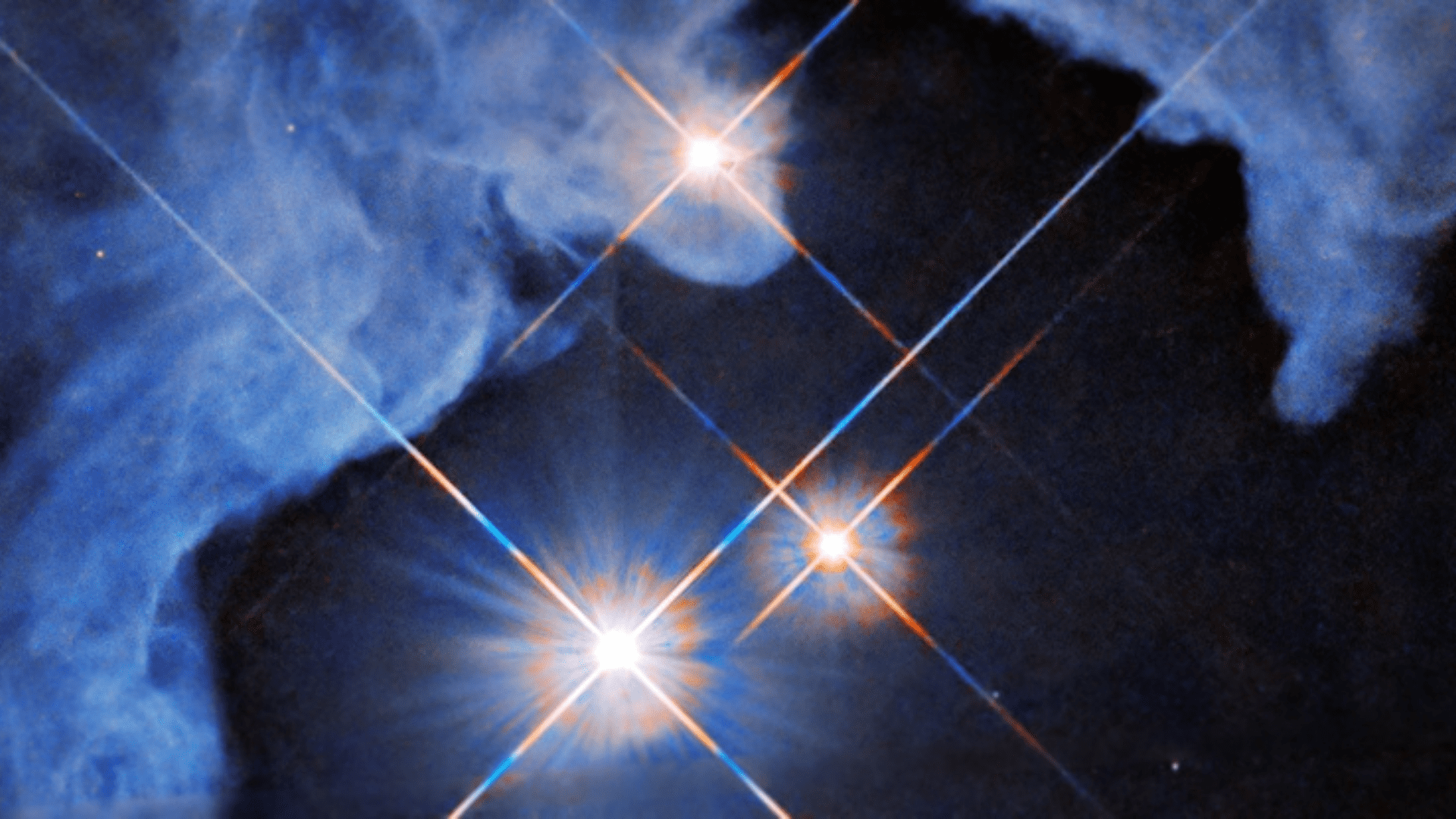
The image shows the triple-star system HP Tau, HP Tau G2, and HP Tau G3. Additionally, the stars in this system are very young. For example, astronomers say HP Tau hasn’t started to fuse hydrogen yet and is only 10 million years old. To put how young the star is in perspective, Hubble discovered a star in 2013 believed to be 14.5 billion years old.
Hubble’s newest image shows an example of a reflection nebula 550 light-years away in Taurus. This type of nebula is different from an emission nebula. Instead of glowing in its own right, it’s made up of interstellar dust that reflects light from nearby stars. Because of the reflected light on the dust, it has a blue hue. Looking at the image, you can easily see the hollowed-out cavity the young stars carved out.
Astronomers identify these hot, young stars by studying their optical variability and strong lines in their spectra from the chromosphere. Because of their young age, they are generally surrounded by the cloud gas and dust they formed from.
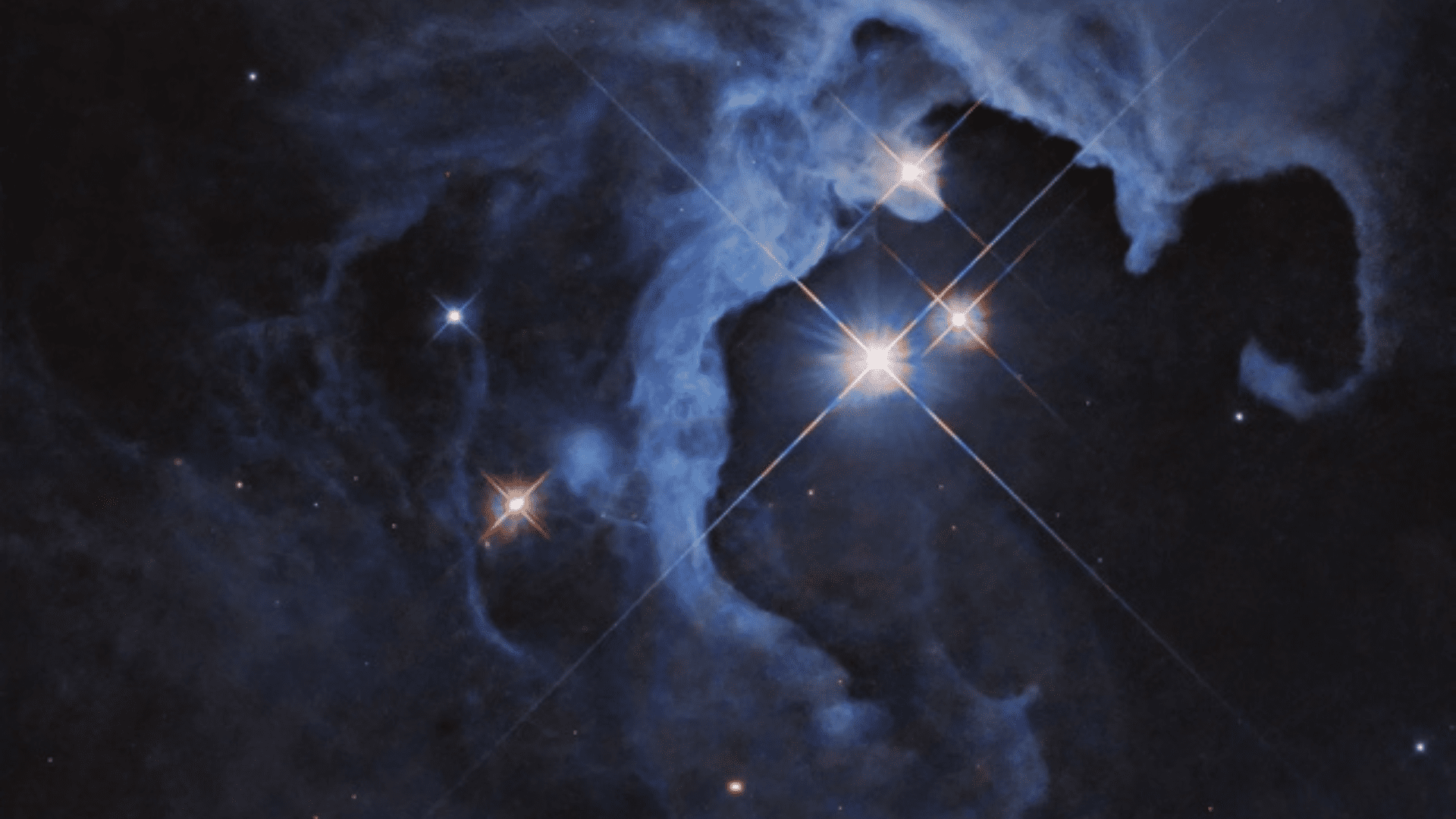
HP Tau is a type of variable star known as a T Tau star. They are usually stars less than 10 million years old and they are named after the first star of its type discovered in Taurus. The amount of light emitted by HP Tau varies with time. However, this type of star is known to have regular and sometimes random fluctuations. Astronomers are still trying to figure out the random variations. One theory is that young age leads to slightly chaotic processes as the star settles down.
When you look at the photo, remember and appreciate that the light you see took 550 years to enter the optics of the Hubble Telescope. It truly is amazing.
About the Hubble Telescope
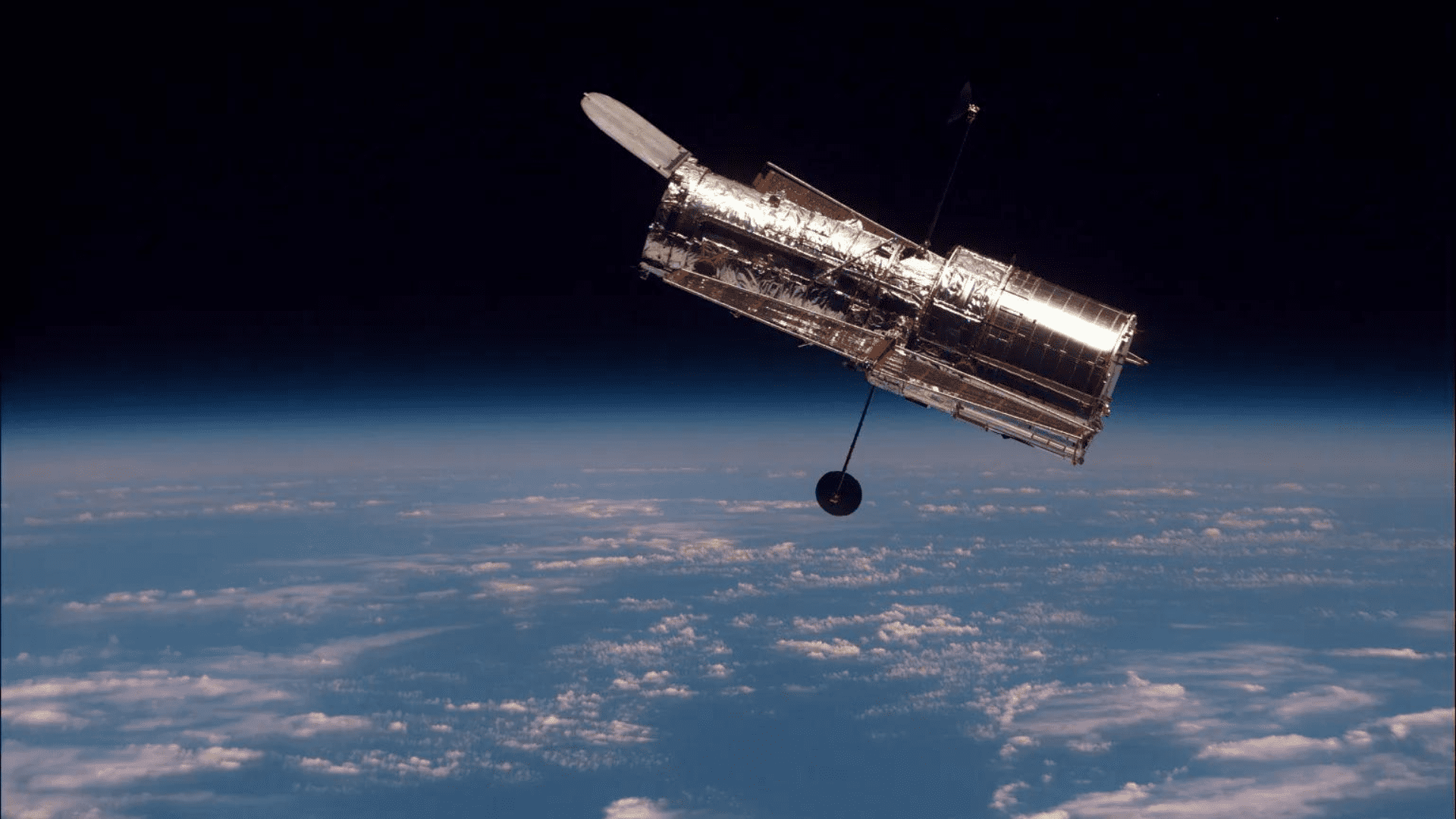
The Hubble Space Telescope was launched over 30 years ago on April 24, 1990. NASA gives a mind-blowing example of the Hubble Telescope’s capabilities. They say the space telescope can resolve objects 1,000 times better than the human eye. According to NASA, “That’s enough to see two fireflies separated by about 10 feet from roughly the distance between New York City and Tokyo.” The distance between New York City and Tokyo is about 7,000 miles. It’s no wonder that Hubble can capture breathtaking images of the cosmos.
The telescope’s position above Earth’s atmosphere gives it a pristine view of the universe. It also allows it to see any wavelengths blocked or partially filtered by the atmosphere. While the James Webb Space Telescope continues to unravel the hidden wonders of the universe, let’s not forget about the Hubble Telescope. Even after 34 years, Hubble still offers beautiful views of the unreachable.



